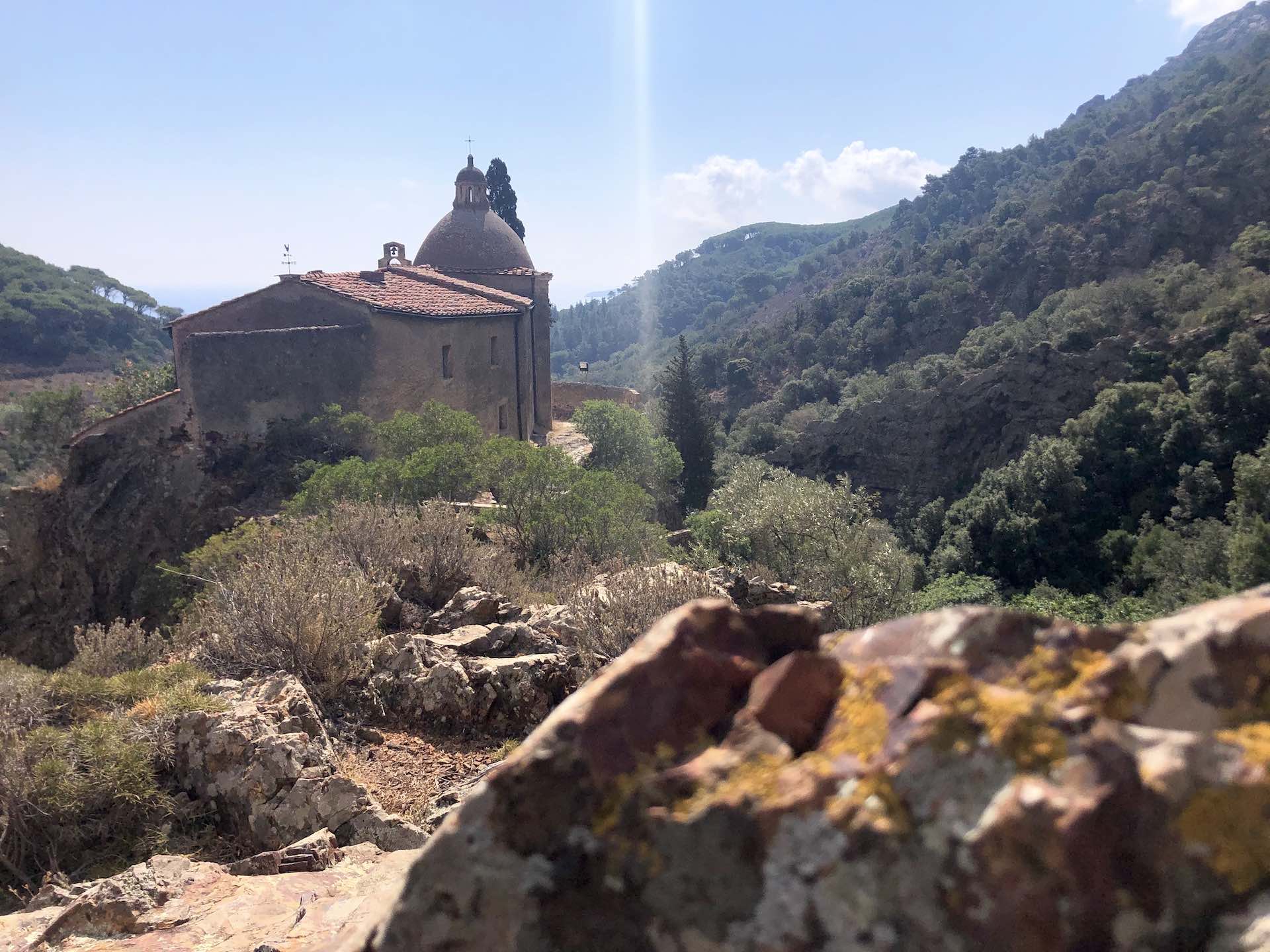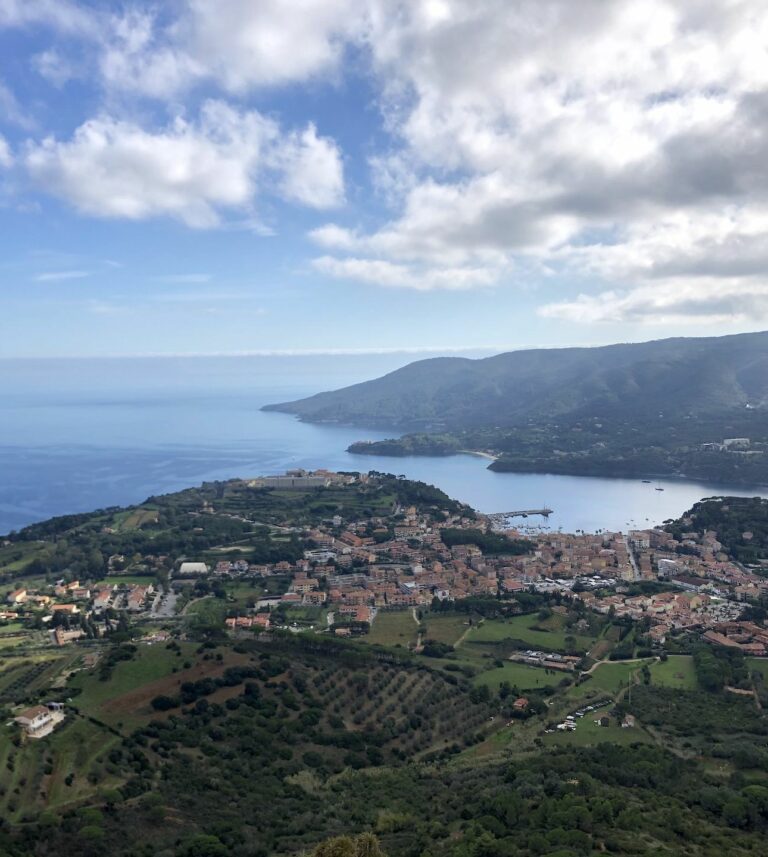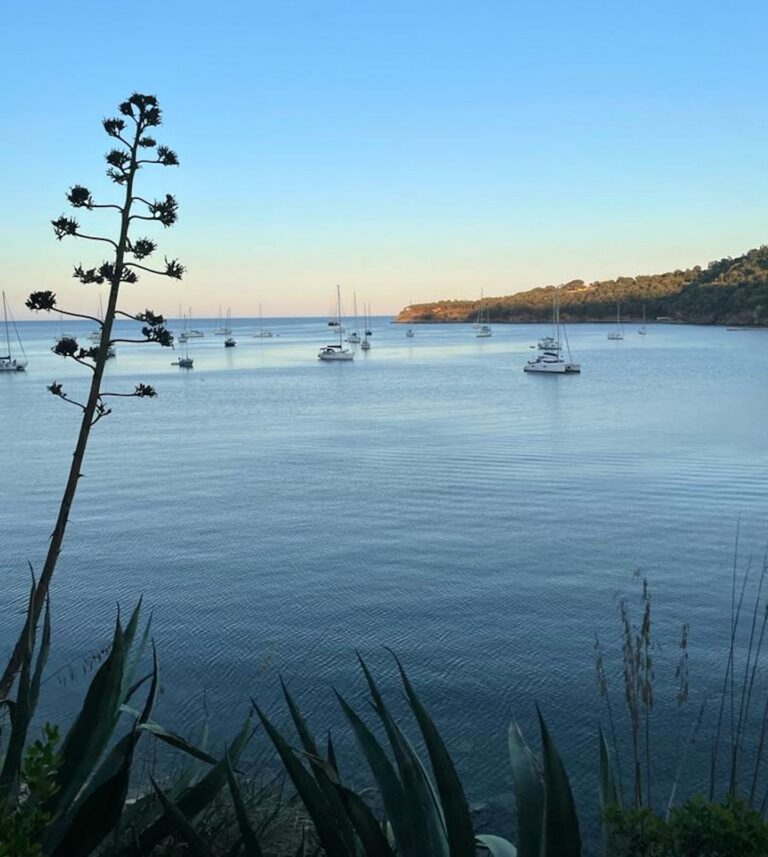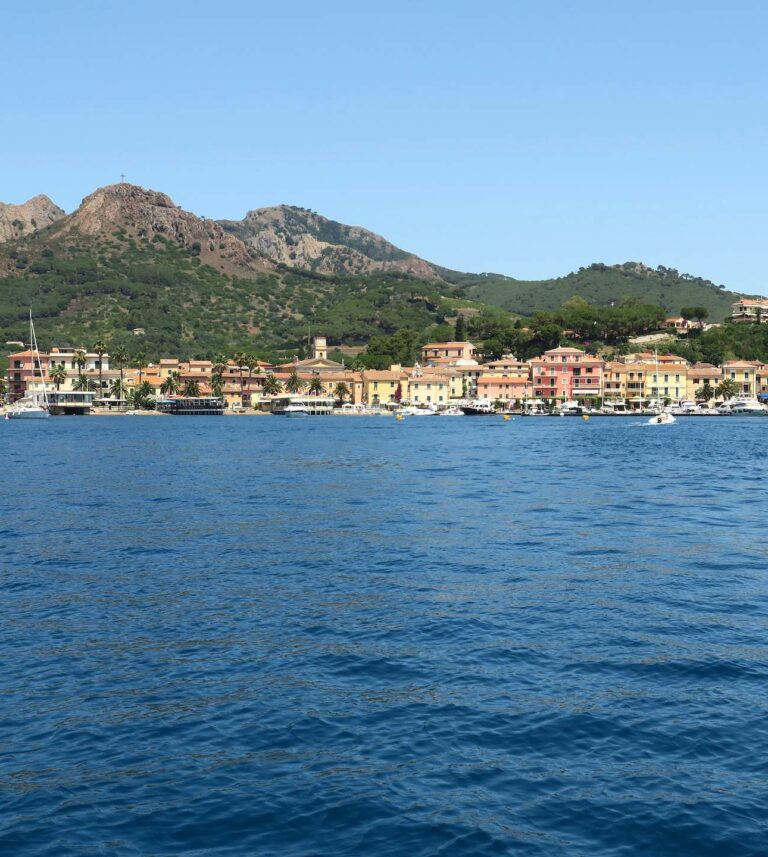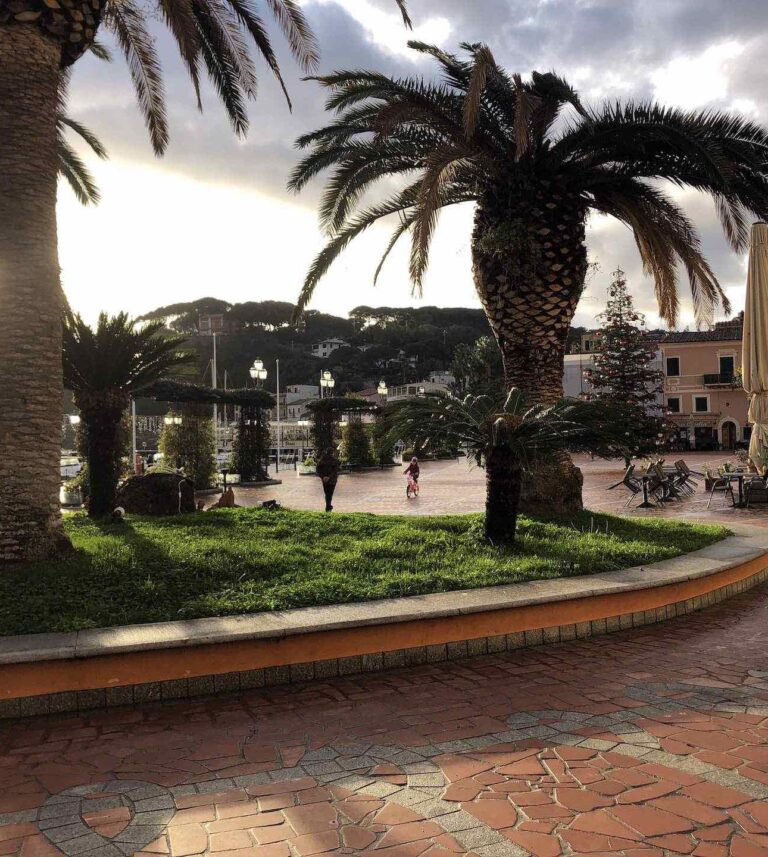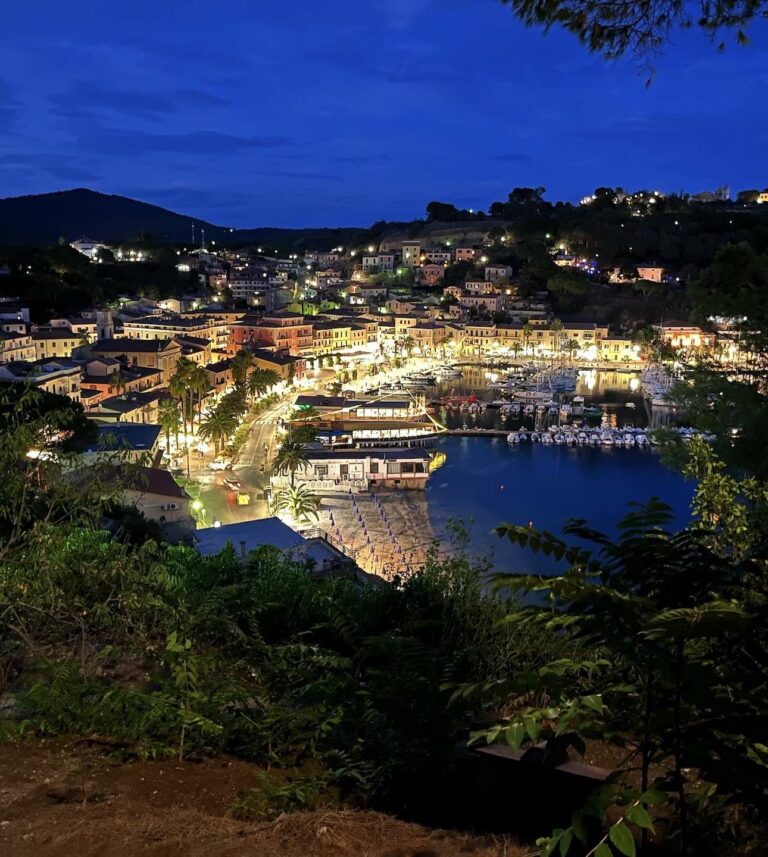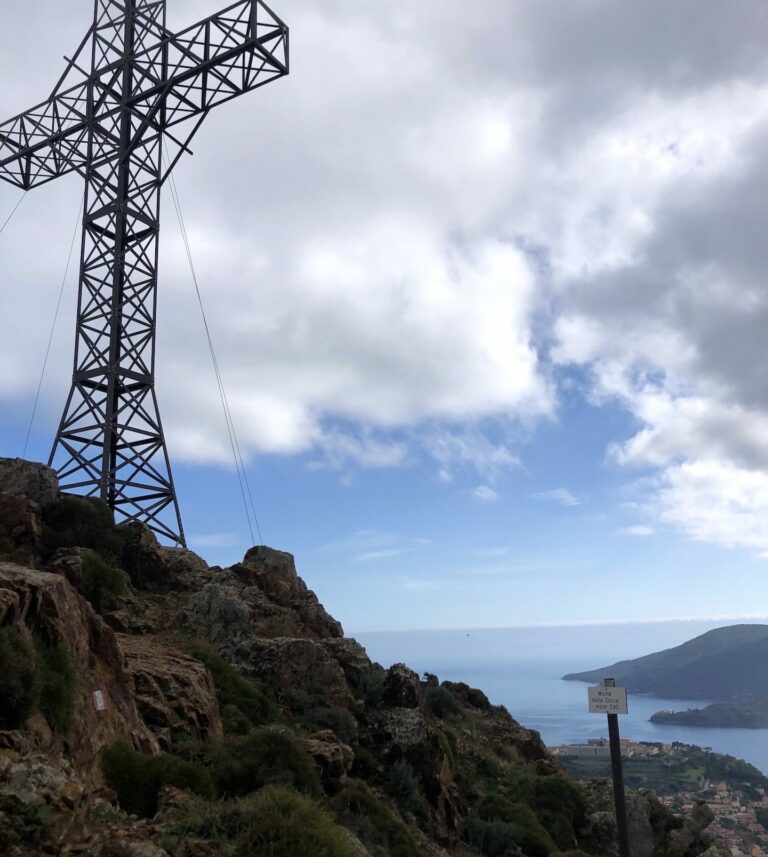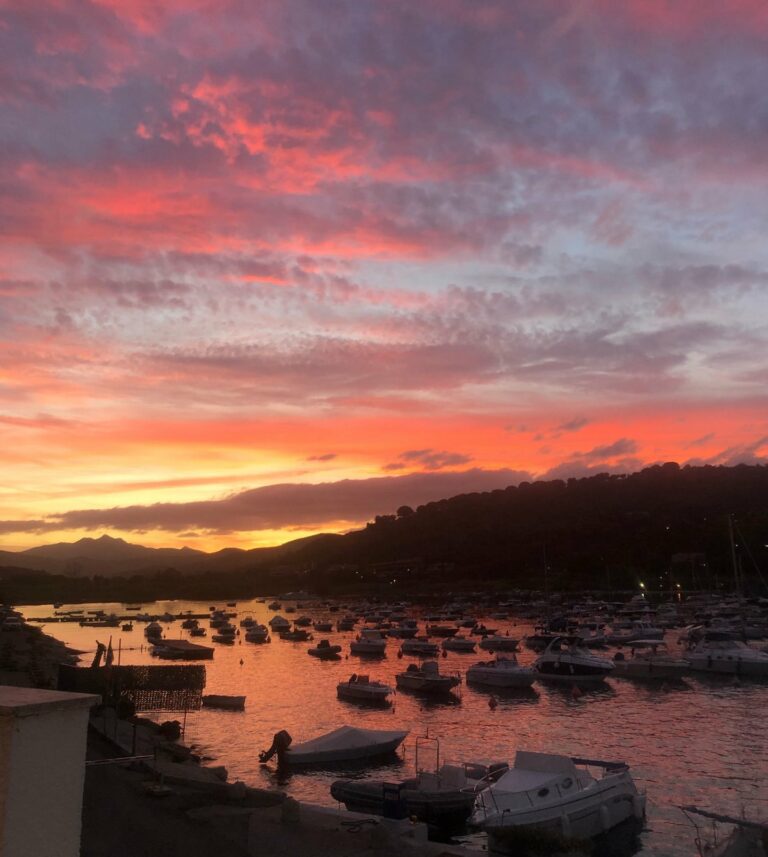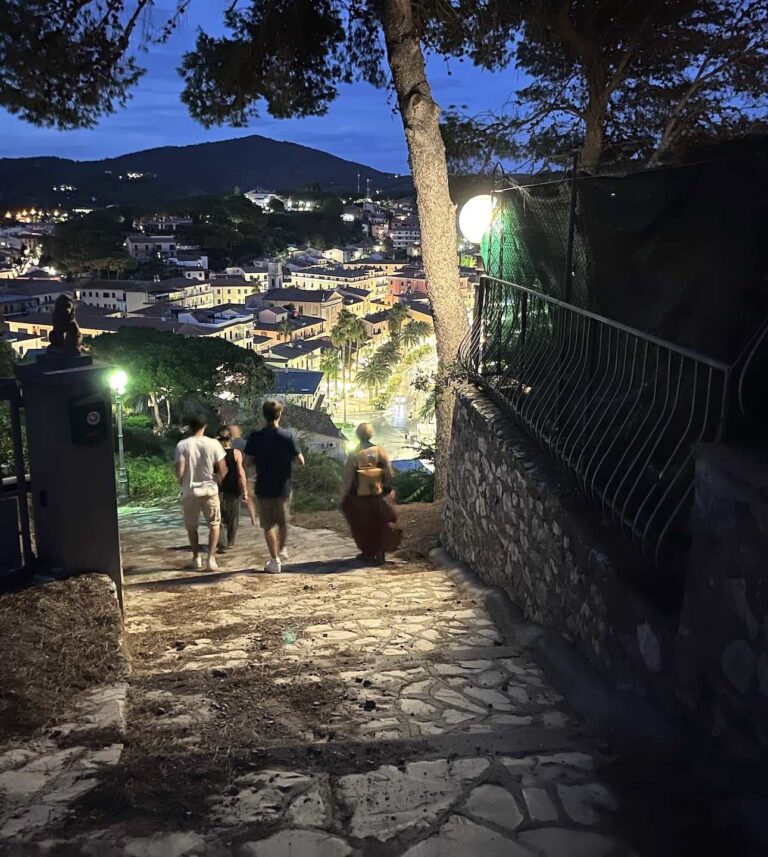PORTO AZZURRO
Porto Azzurro
Porto Azzurro is a municipality of 4,585 inhabitants, the original name was Portolongone given the considerable length of the inlet. It was born as a village of fishermen and farmers, always at the mercy of pirates and looters.
The Spaniards in 1500, choosing it as the basis for their dominion over the north Tyrrhenian, gave a little security to the inhabitants as well as a little prosperity, leaving a very strong imprint of their influence that is still visible in the architectural style of many villas and even in many surnames of the families of Porto Azzurro.
History evolves with a succession of dominations: French, Kingdom of Naples, Napoleon, Grand Duchy of Tuscany and finally, the unification of Italy. In 1947, after the Second World War, the inhabitants of Portolongone asked and were given permission to change the name to Porto Azzurro.
Porto Azzurro is still today a seaside village dominated by the imposing seventeenth-century fortress of Spanish origin and the great tourist vocation makes it one of the most vibrant towns on the island. The beating heart of the town is the main square (Piazza Matteotti) which overlooks the sea and becomes the stage of many summer shows. The promenade and the streets of the centre are enlivened by many restaurants, pizzerias and various shops.
At the end of the promenade begins a beautiful walk, the Carmignani promenade, which connects Porto Azzurro to Barbarossa that, passing under the walls of the Spanish fort, offers truly unique views. This walk has been equipped with benches and also night lighting and is suitable for all ages.
Places of naturalistic historical interest that absolutely worth a visit are: Forte Longone, Forte Focardo, the Monastery of Monserrato, the Laghetto di Terranera, Monte della Croce (Monte Mar di Capanne) and Monte Castello.
Forte Longone
The imposing fortified complex was built by the Spaniards at the beginning of the seventeenth century, to strengthen the coastal defence system of the State of the Presidios, whose territory also included part of the eastern and southern coast of the island. The entire fortified structure was built in just two years, between 1603 and 1605. The original functions of sighting and defence were carried out until the mid-nineteenth century, when gradually the military structure was abandoned, to be converted into a prison, a function that it still performs today.
In the area included within the fortification are various buildings, which in the past housed the governor’s palace, three powder magazines, an armoury, garrison quarters, some warehouses, a hospital and a windmill. Two churches were also built in the area included within the fortified complex, the church of San Giacomo Maggiore, in Baroque style, as well as the chapel of Santa Barbara in Piazza d’Armi.
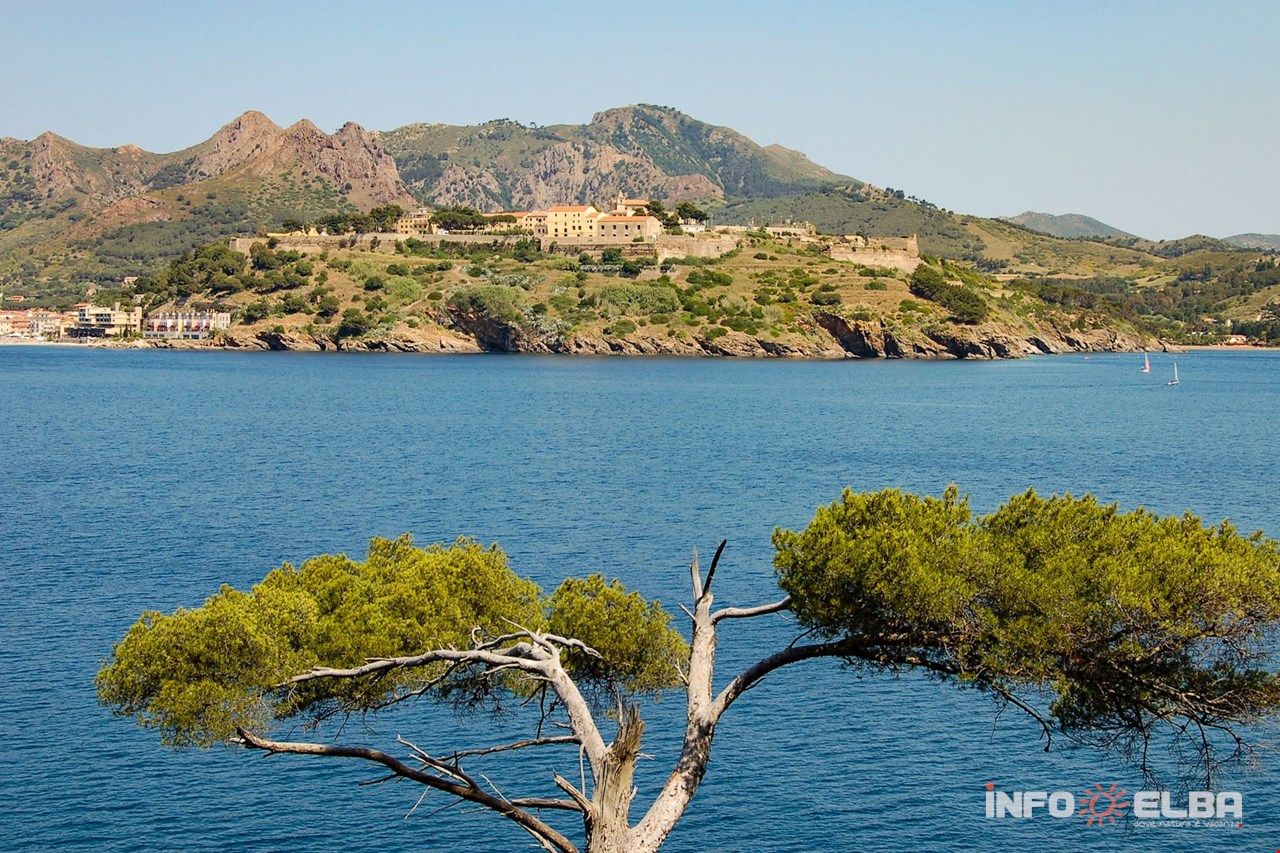
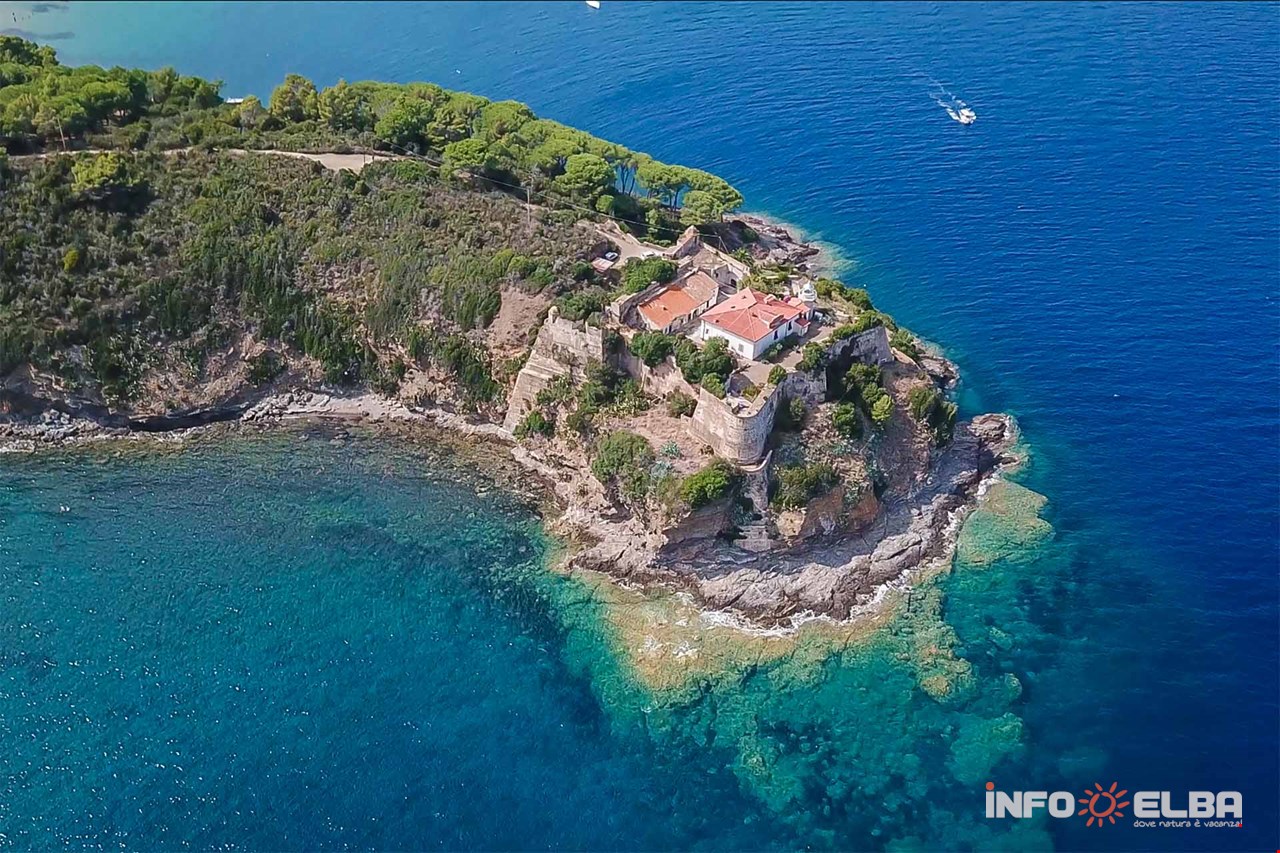
Forte Focardo
The imposing fortified complex was built in the seventeenth century, more precisely in 1678, by the governor Don Fernando Focardi or Foxardo to implement the defensive system of the State of the Presidios.
Today, Fort Focardo houses the Capo Focardo lighthouse of the Italian Navy, consisting of an octagonal pink limestone tower and the accommodation of Navy personnel.
Church of Monserrato
The sanctuary of Our Lady of Monserrato is a church located on the island of Elba in Monserrato near Porto Azzurro, in the centre of the valley that opens between Monte Castello and Cima del Monte.
The sanctuary was erected in 1606 by order of the first Spanish governor of Longone, Don José Pons y León, who also commissioned the copy of the painting of the Madonna (Nuestra Señora Morena) executed by unknown artist in imitation of that of the Monastery of Montserrat near Barcelona, a building built in a very similar landscape context. The influences of the architectural culture of the Iberian Baroque are perceived in the decorations that give movement to the surfaces.
Interesting is the wall decoration of the sacristy and adjoining rooms, with red ochre plant volutes, where eighteenth-century painted cartouches in Latin with quotations from various literary works including Genesis and Aeneid have a place of prominence. The back part of the church, together with the current façade, was built in 1768. The sanctuary was visited by Napoleon Bonaparte in September 1814. Its safekeeping, by the Romiti aristocratic family, which began with the construction of the sanctuary, ended in 1866.
